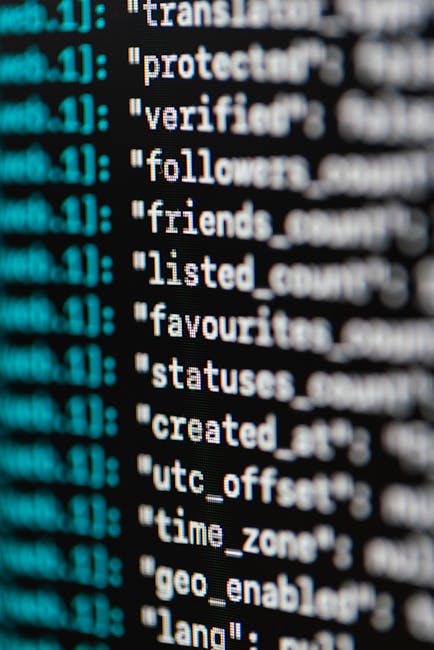Creating bots that interact intelligently with the world is no longer the stuff of science fiction. With the power of Python and advancements in Artificial Intelligence, you can build your own bots, from simple chatbots to complex automated systems. This comprehensive guide will walk you through the process, equipping you with the knowledge and tools needed to embark on this exciting journey.
Why Python for Bot Development?
Python’s rise to prominence in AI and machine learning is well-deserved. Its readability, vast libraries, and extensive community support make it the ideal choice for bot creation. Key libraries like TensorFlow, PyTorch, and scikit-learn provide the necessary tools for building sophisticated AI models that power intelligent bot behavior. Furthermore, Python’s ease of integration with various APIs and platforms allows for seamless connection to external services, enriching your bot’s capabilities.
Choosing the Right AI Techniques:
The type of bot you want to build dictates the AI techniques you’ll employ. Let’s explore some common approaches:
Natural Language Processing (NLP): For chatbots and conversational AI, NLP is crucial. Libraries like spaCy and NLTK offer tools for tasks such as text preprocessing, tokenization, stemming, and part-of-speech tagging. These are essential for understanding user input and formulating appropriate responses. Consider exploring advanced NLP techniques like intent recognition and entity extraction to build more context-aware bots.
Machine Learning (ML): ML algorithms can power various bot functions. For example, you can train a classifier to categorize user requests, predict user behavior, or personalize bot responses. Supervised learning, unsupervised learning, and reinforcement learning all have applications in bot development. Choosing the right algorithm depends on the specific task and the available data.
Deep Learning (DL): For complex tasks like image recognition, speech processing, and advanced natural language understanding, deep learning is often necessary. Frameworks like TensorFlow and PyTorch provide the tools to build and train deep neural networks, enabling bots to process and interpret complex data types. Consider using pre-trained models to accelerate development and leverage the power of transfer learning.
Step-by-Step Bot Development:
Let’s outline the general steps involved in creating a Python bot with AI:
1. Define Bot Functionality: Clearly outline the bot’s purpose and capabilities. What tasks will it perform? How will it interact with users? This crucial initial step guides the subsequent development process.
2. Data Collection and Preprocessing: Gather the data needed to train your AI models. This could involve scraping websites, using publicly available datasets, or collecting data from user interactions. Thorough data preprocessing is essential for ensuring model accuracy.
3. Model Selection and Training: Choose the appropriate AI model based on your bot’s functionality and available data. Train the model using your preprocessed data, carefully tuning hyperparameters to optimize performance.
4. Bot Framework Integration: Integrate your AI model into a chosen bot framework. Popular choices include Rasa, Dialogflow, and Microsoft Bot Framework. These frameworks provide tools for managing dialogues, handling user input, and deploying your bot.
5. Testing and Refinement: Rigorously test your bot to identify and address any shortcomings. Iterative refinement is essential for improving the bot’s performance and accuracy. Gather user feedback to identify areas for improvement.
6. Deployment and Monitoring: Deploy your bot to the chosen platform (e.g., website, messaging app, social media). Continuously monitor its performance and make adjustments as needed.
Examples of Python Bot Applications:
Python and AI can create a wide range of bots:
Chatbots: Provide customer support, answer questions, or offer personalized recommendations.
Social Media Bots: Automate tasks like posting updates, engaging with users, or analyzing trends.
Trading Bots: Execute trades automatically based on market conditions and AI-driven predictions.
Game Bots: Play games, learn strategies, and compete against other players.
Conclusion:
Building bots with Python and AI is a challenging yet rewarding endeavor. By leveraging Python’s versatility and the power of AI, you can create innovative solutions for a wide range of applications. This guide provides a foundation for your journey into the world of bot development. Remember to continuously learn, experiment, and iterate to refine your bot’s capabilities and build increasingly intelligent systems. The possibilities are endless.

